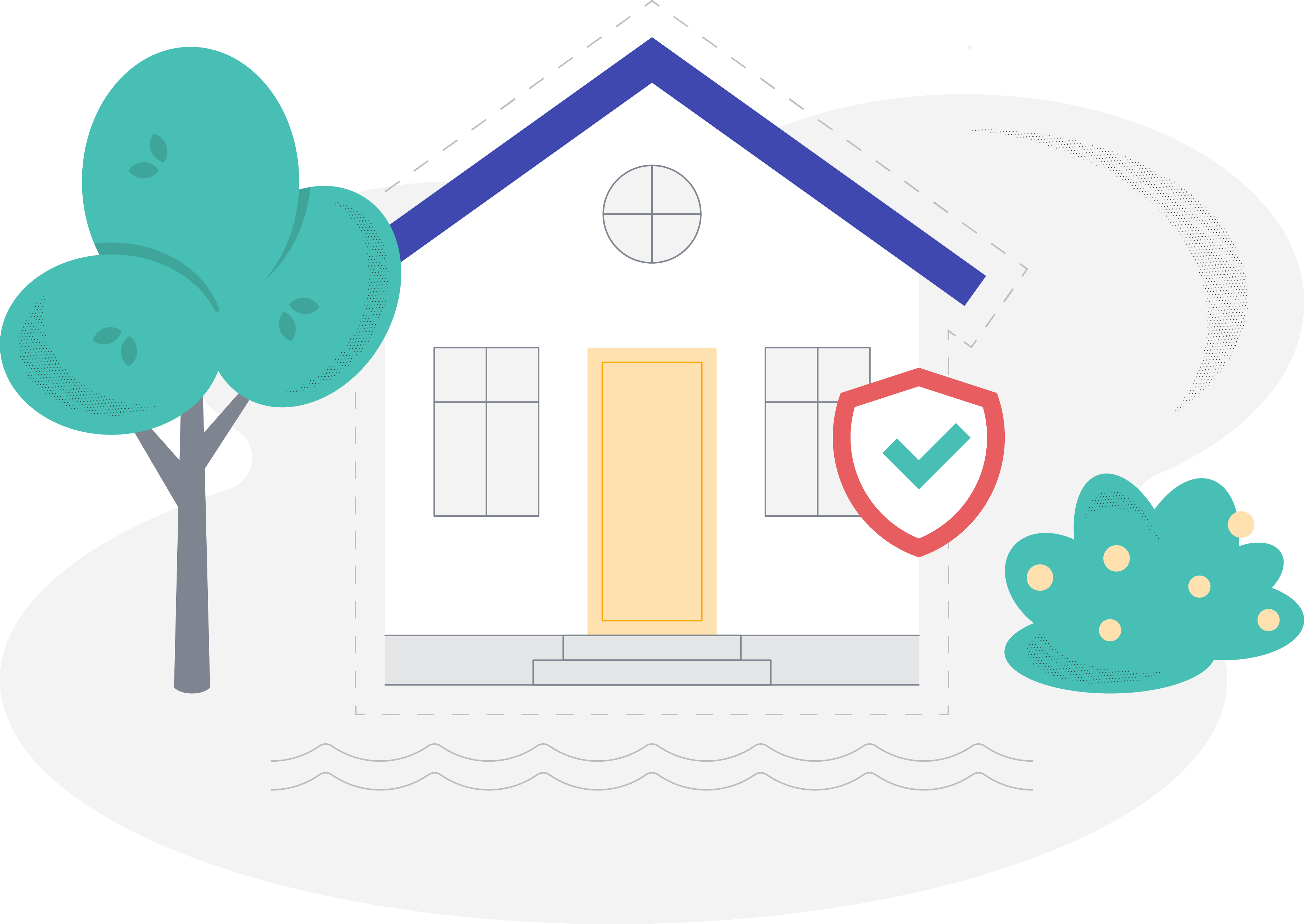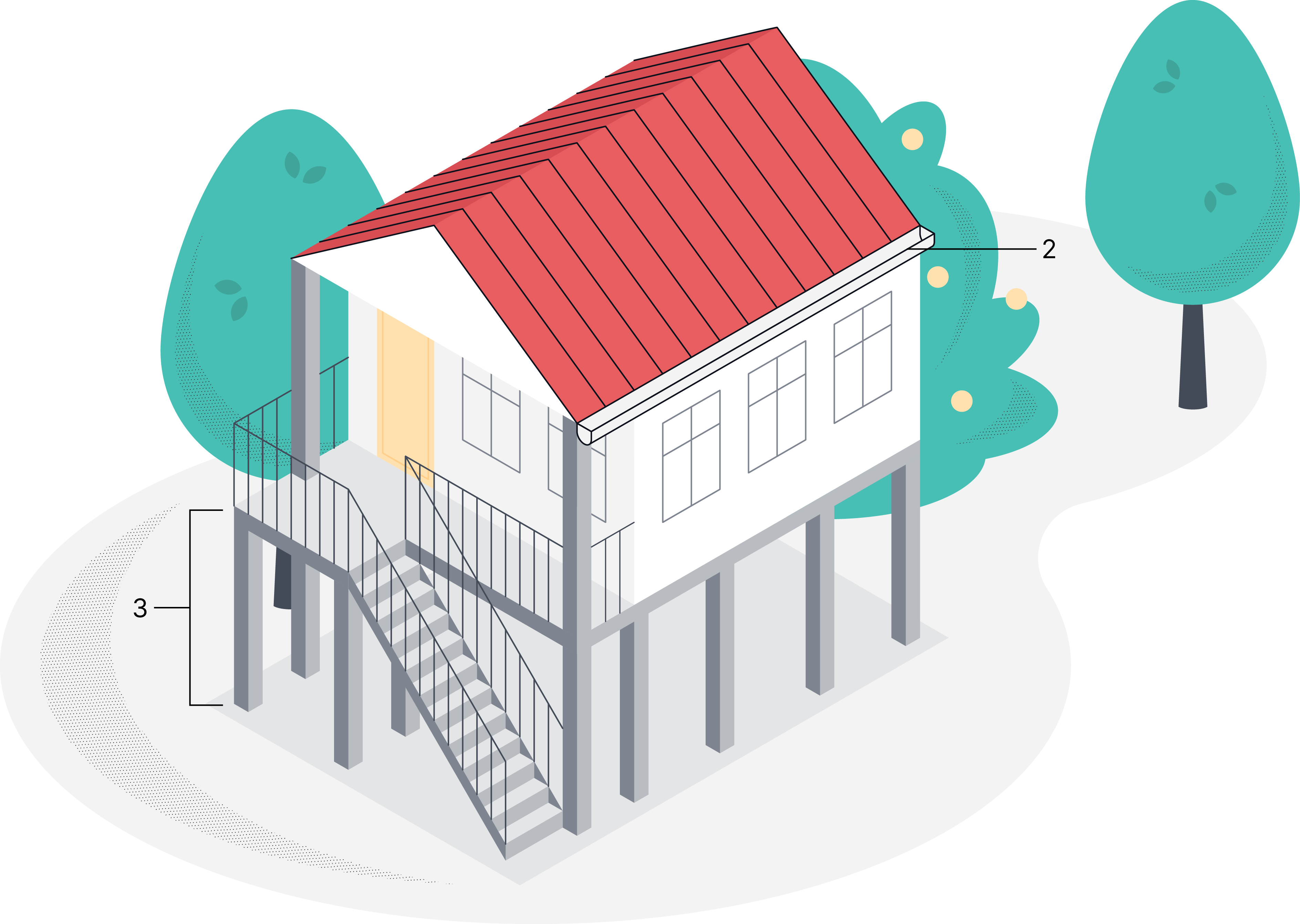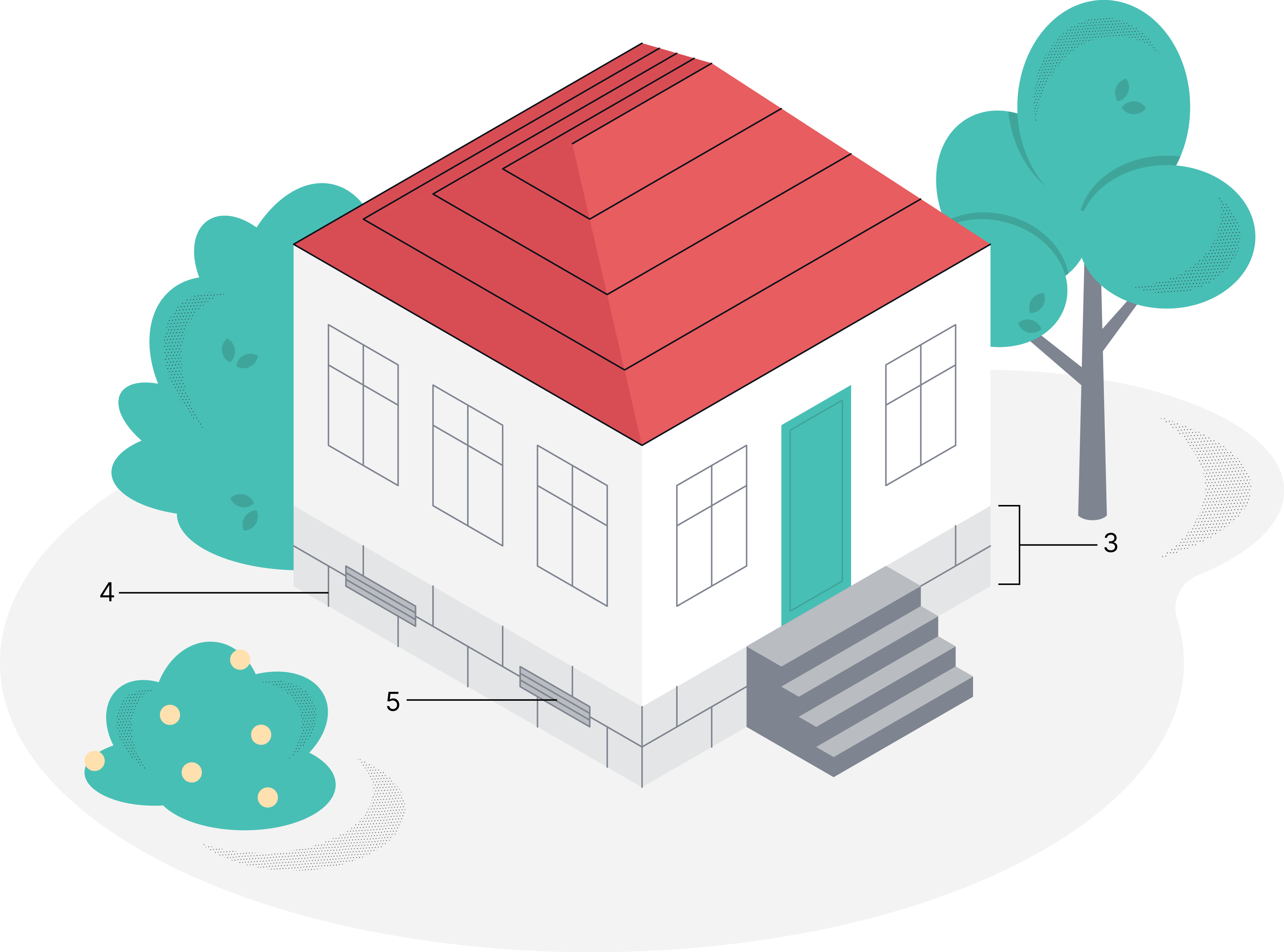Flood protection
Flooding can happen unexpectedly and cause long-lasting damage quickly. Luckily, there are a multitude of measures you can take to mitigate risk to your home. The good news is that many of your options are relatively low cost and efficient, especially when you compare the cost of the mitigation measure to the cost of recovery and repair. Below are a few suggestions to get you started.

Flood protection suggestions
-
Get flood insurance. Flood insurance isn’t usually the first thing homeowners think about when they consider mitigation. Even so, it’s an important financial tool that you can use to protect your home.
-
Regularly clean out your gutters. Gutters, downspouts, and drains often get clogged with debris. When this happens, water can pool along your foundations and exacerbate flooding conditions. Gutter maintenance is relatively low-cost and can save you a lot of money in the long-run.
-
Elevate your home. Elevating your home is one of the most effective flood mitigation actions you can take. Depending on your situation, it can be a costly undertaking. However, it will likely have a large impact on both your flood risk and your associated flood insurance costs.

-
Seal low-level brick or concrete walls. Sealing low-level brick or concrete can help to keep water out of your home during less intense flood events. Like cleaning your gutters, it’s relatively affordable.
-
Install flood vents. Flood vents are openings installed on the lowest levels of your home. They allow water to pass through spaces like garages or basements so that, in flood events, water pressure does not build up and threaten the structural integrity of your walls. Flood vents are sometimes required for new construction, depending on whether or not your property has an enclosure that is below the Base Flood Elevation (BFE). Even if you aren’t required to, you should consider installing them.

Funding might be available to you for mitigating your home’s flood risk. Contact us for questions about existing resources.